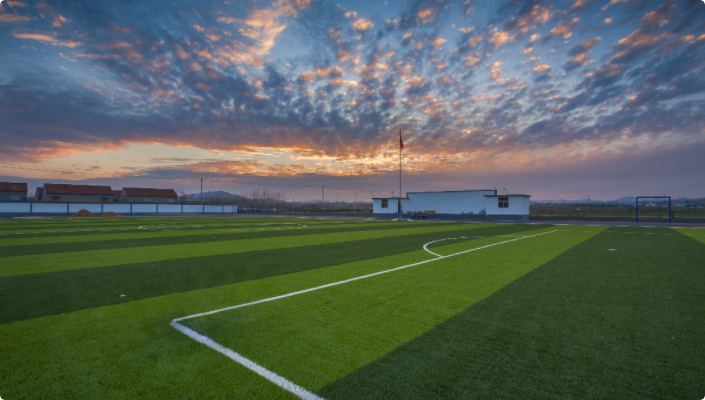
- Afrikaans
- Arabic
- Belarusian
- Bengali
- Czech
- Danish
- Dutch
- English
- Esperanto
- Estonian
- Finnish
- French
- German
- Greek
- Hindi
- Hungarian
- Icelandic
- Indonesian
- irish
- Italian
- Japanese
- kazakh
- Rwandese
- Korean
- Kyrgyz
- Lao
- Latin
- Latvian
- Malay
- Mongolian
- Myanmar
- Norwegian
- Persian
- Polish
- Portuguese
- Romanian
- Russian
- Serbian
- Spanish
- Swedish
- Tagalog
- Tajik
- Thai
- Turkish
- Turkmen
- Ukrainian
- Urdu
- Uighur
- Uzbek
- Vietnamese
artificial grass heat and dogs
Nov . 18, 2024 18:40 Back to list
Artificial Grass, Heat, and Dogs A Comprehensive Guide for Pet Owners
Artificial grass has become increasingly popular among pet owners for its low maintenance and durability. However, there are significant considerations regarding its use during hot weather, especially for our furry friends. This article delves into the implications of artificial grass heat on dogs and what pet owners need to know to ensure a safe and comfortable environment for their pets.
One of the primary concerns for pet owners using artificial grass is the temperature rise it can experience under direct sunlight. Unlike natural grass, artificial turf can absorb and retain heat, often leading to surface temperatures significantly higher than the ambient air. On hot summer days, it’s not uncommon for artificial grass to reach temperatures that could be uncomfortable or even dangerous for dogs. Researchers have found that in some cases, the surface of artificial grass can reach upwards of 150°F (65°C), posing a risk of overheating and burns to a dog’s paws.
Artificial Grass, Heat, and Dogs A Comprehensive Guide for Pet Owners
Additionally, keeping your dog hydrated is crucial, especially in warmer months. Ensure that fresh water is always available and encourage your pet to take breaks in shaded areas. Investing in a canopy or patio umbrella can provide relief from direct sunlight, reducing the overall temperature of the surrounding area.
artificial grass heat and dogs

Texture is another important aspect to consider. Some artificial grass products are specifically designed with cooling technology, incorporating materials that dissipate heat better than traditional turf. When selecting artificial grass for your yard, research and opt for options that offer UV resistance and enhanced cooling features. This can help mitigate the heat absorption issue and create a more comfortable play space for your dog.
Regular maintenance of your artificial grass also plays a role in how it performs during hot weather. Keeping the grass clean and debris-free can help maintain airflow around the blades, reducing heat buildup. Rinsing the turf with water during especially hot days can temporarily cool it down, providing a more comfortable surface for your pets.
Lastly, be observant of your dog’s behavior on hot days. Signs of overheating may not always be obvious. Watch for excessive panting, lethargy, or distress, and be prepared to bring your dog indoors for a cooling down period. Providing a cool environment inside your home with air conditioning or fans can help regulate their body temperature after a period of outdoor play.
In conclusion, while artificial grass offers many benefits to pet owners, it is essential to be aware of the potential heat hazards it poses to dogs. By monitoring surface temperatures, providing shaded areas, selecting appropriate products, and ensuring your dog remains hydrated, you can create a safe and enjoyable outdoor experience for your canine companion. With proper precautions, artificial grass can still be a fantastic choice for pet-friendly play spaces, even in the warm summer months.
-
The Benefits of Artificial Turf for Indoors
NewsJul.15,2025
-
How Artificial Grass Suppliers Ensure Quality Products
NewsJul.15,2025
-
Artificial Grass and Pets: A Space for Relaxation
NewsJul.08,2025
-
Balcony & Outdoor Decoration with Artificial Grass
NewsJul.08,2025
-
Best Indoor Artificial Grass for Home
NewsJul.07,2025
-
Best Pet Turf for Dogs: Safe & Durable Artificial Grass Options
NewsJul.07,2025
Products categories









